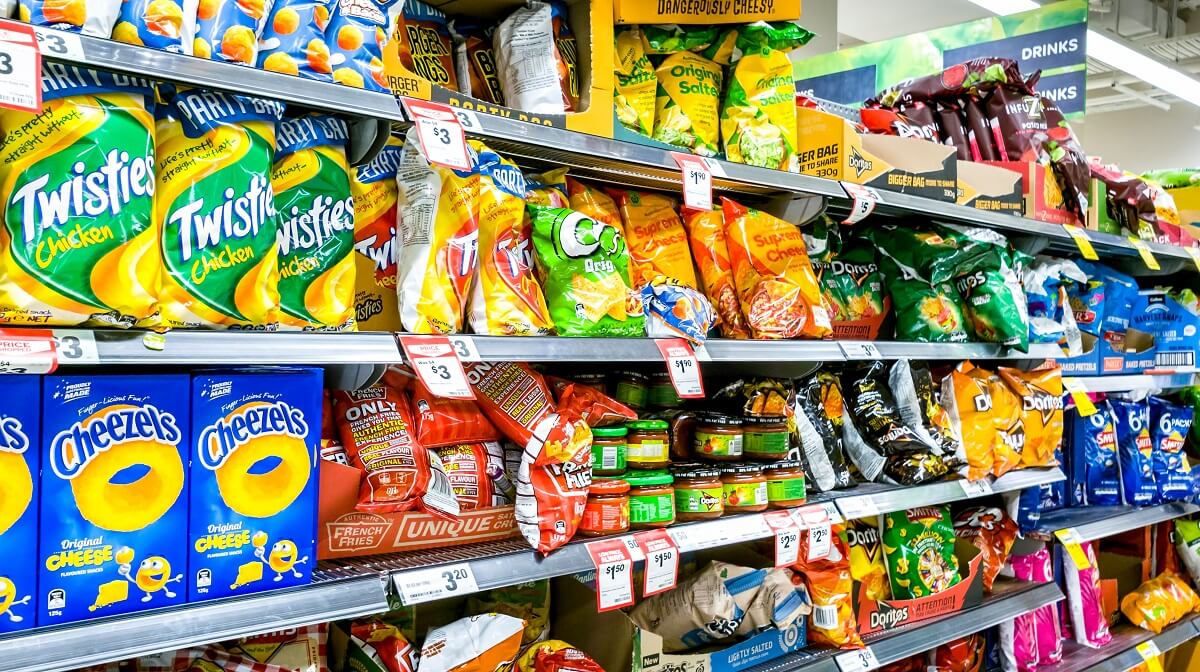Last week, not for the first time, we looked at the practice of shrinkflation – the slight reduction of package sizes that is a common tactic of many grocery and snack manufacturers.
It seems there’s little we can do about that and, judging by the response we received to a request for comment by the Australian Consumer and Consumer Commission (ACCC), there’s not much the ACCC is willing to do about it either, unless prodded by individual customers.
For the record, among other things, we received this brief response from Geesche Jacobsen, the ACCC’s media and communications director: “Sorry, but we cannot comment on individual examples, or any potential investigations we might have. For general statements, feel free to quote from the advertising guide as a reflection of what the law is.”
Read: Grocery shopping apps help navigate your local supermarket
I seem to recall a retailer having the motto, ‘We won’t be beaten on price’. Perhaps the ACCC’s could be, ‘We won’t be commenting on price’.
But, dear consumer, let us not allow ourselves to be defeated. One good thing the ACCC did do for us more than a decade ago was to introduce a mandatory unit pricing code in supermarkets.
Unit pricing is the practice of showing how much a product costs using a standard unit of measurement (such as ‘per 100 grams’ or ‘per litre’). The aim is to help consumers compare prices and find the best value for money.
The rules for unit pricing are enforceable for all the main grocery products, such as bread, butter, meat, drinks and most packaged foods.
Read: Want to save money on groceries? Here’s a little secret
It’s an excellent code and one that can help you achieve considerable savings as you snake your way through the aisles of your local supermarket. It allows you to compare ‘like for like’ when looking at different brands of the same product, which may have different package sizes.
For example, a pack of Brand A cornflakes may come in a 925g pack at a cost of $7.20, while Brand B cornflakes come in a 750g pack with a price tag of $5.50. All else being equal, which one provides the better value?
Those who are quick at maths can do a quick calculation but (a) not many would want to do that for every item in their trolley and (b) not everyone has those mental arithmetic skills.
But with unit pricing, the answer is provided for us. Underneath (or somewhere very close to) the item’s price, the unit price must also be displayed. In our cornflakes example, Brand A costs 78 cents per 100g, and Brand B 73 cents per 100g.
Unit pricing also helps you to work out the best way to choose between different package sizes of an identical product. While it is reasonable to expect that buying the larger size pack of the same product would deliver a better unit price, that is not always the case, particularly if your supermarket decides to place only the small size on special.
In fact, such an example was found in one Coles supermarket this week. A 765g pack of Kellogg’s Nutri Grain was priced at an even $10. But on the same shelf, 470g packs were on special at half price, down from $8.50 to just $4.25.

A quick look at the unit price showed that the smaller pack delivered cereal at a cost of just 90 cents per 100g compared to $1.31 per 100g for the larger pack which, ironically, is plastered with the words ‘VALUE PACK’ in large letters.
Read: Insider tips for vintage shopping
A recent CHOICE survey indicated that the display of unit prices translates to customers making better decisions when buying with price in mind.
However, the survey also revealed a level of dissatisfaction in the way some retailers use unit pricing. When shopping instore, 71 per cent of customers say they had encountered issues with the unit pricing provided; 35 per cent said the unit price was not always displayed, 34 per cent claimed it was difficult to read for reasons such as the text being too small, and 31 per cent said the unit price was obstructed or covered up by another label.
While there’s clearly room for improvement, the introduction of unit pricing has proved successful, and is a simple way of making sure you’re getting the best price, at least at the supermarket you’re in at the time.
Are you aware of unit pricing? Do you use it to ensure you get the best value when grocery shopping? Why not share your thoughts in the comments section below?

